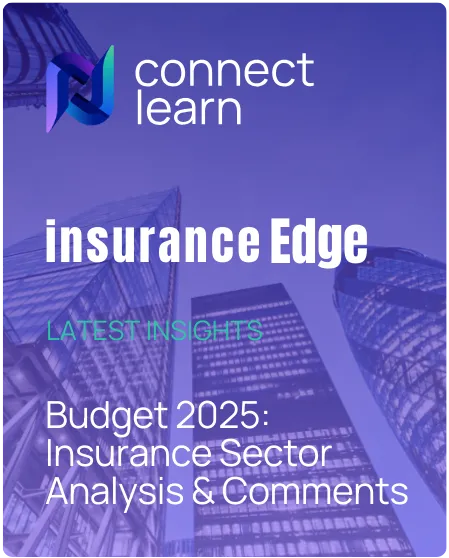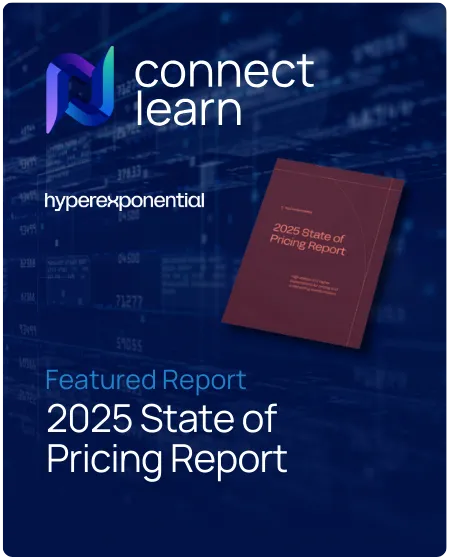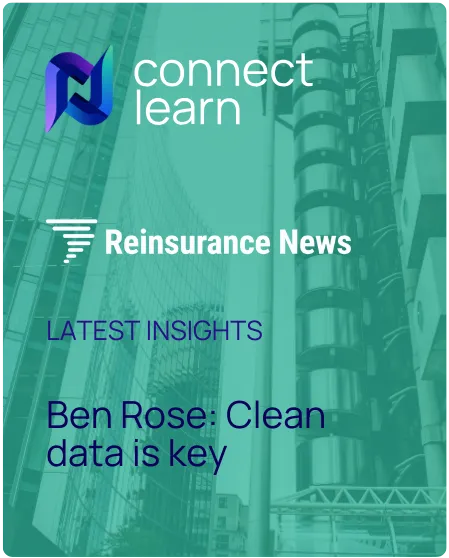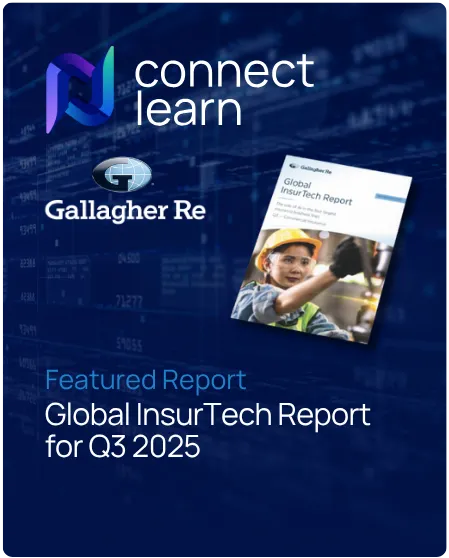Gallagher Re has launched the Cyber Risk Adjusted Rating (RAR) Index, a tool designed to measure changes in reinsurance pricing while accounting for expected shifts in underlying cyber risk.
The latest findings from the index highlight significant fluctuations in the market over recent years.
Key index trends
The index shows a sharp increase in reinsurance pricing from 2020 to 2023, followed by a decline in 2024 and 2025.
- 2020: Baseline index value of 100
- 2021: Jump to 162 (+62% increase)
- 2022: Further rise to 264 (+63% increase)
- 2023: Peak at 305 (+16% increase)
- 2024: Decline to 256 (-16% decrease)
- 2025: Drop to 200 (-22% decrease)
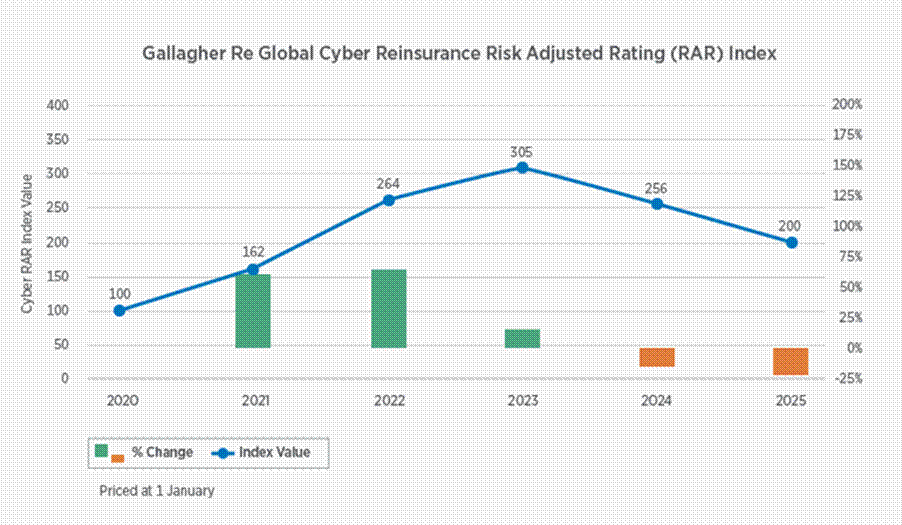
According to Ian Newman, global head of cyber at Gallagher Re, cyber risk remains a “CAT and systemically exposed class.” He said that “reinsurance buyers are constantly looking for suitable and effectively priced non-proportional protection.”
Gallagher Re stated that Aggregate Stop-Loss and Aggregate Excess of Loss structures have remained the preferred solutions since 2015, due to their ability to cover systemic cyber events, loss frequency trends, and adverse developments such as the 2018–2021 ransomware surge. The aggregate reinsurance market also remains the most well-capitalized part of the sector.
The Cyber RAR Index incorporates Gallagher Re’s proprietary view of risk (VoR). This approach considers the following factors:
- Underlying rate changes: Adjustments in primary insurance premiums that influence reinsurance pricing.
- Loss trends: Patterns in claim frequencies and severities that impact risk assessments.
- Volatility parameters: Measures of potential fluctuations in loss experiences.
- Catastrophe model selection: Choice of models to predict large-scale cyber events.
The launch of the new index comes at a time when the cyber reinsurance market is experiencing robust capacity and competitive conditions. According to Gallagher Re’s recent “1st View” report, buyers have secured improved terms, with increased ceding commissions and decreased risk-adjusted rates. Innovations in reinsurance structures and alignment on cyber-war exclusion language have also been notable developments.
A Gallagher Re analysis of Bitsight data from 62,000 organizations across 67 countries revealed that insurers could reduce loss ratios by up to 16% by excluding high-risk entities.






